Table of Contents
- 1 What is Human Resource Development?
- 2 Definition of Human Resource Development
- 3 Concept of Human Resource Development
- 4 Objectives of Human Resource Development
- 5 Features of Human Resource Development
- 6 Benefits of Human Resource Development
- 7 Scope of Human Resource Development
- 8 Difference between HRD and HRM
- 9 Challenges of HRD
- 10 FAQ Related to Human Resource Development
What is Human Resource Development?
Human Resource Development is the process of increasing the capacity of Human Resources through development. It is thus the process of adding value to individuals, teams or an organisation as a human system.

Human Resource Development is a system of developing in a continuous and planned way the competencies of individual employees, dyadic groups (supervisor and subordinate), teams and the total organisation to achieve the organisation’s goals.
It maximizes the congruence between the individual and the organisational goals of employees and develops an organisational culture in which superior-subordinate relationships, teamwork and collaboration among various units become strong and contribute to the professional well-being, motivation and pride of employees.
Definition of Human Resource Development
These are some simple definitions of human resource development which are explained below:
[su_quote cite=”Leonard Nadler”]Human Resource Development is a series of organised activities conducted within a specialised time and designed to produce behavioural changes.[/su_quote]
[su_quote cite=”M.M. Khan”]Human resource development is the across of increasing knowledge, capabilities and positive work attitudes of all people working at all levels in a business undertaking.[/su_quote]
[su_quote cite=”South Pacific Commission”]Human Resource Development is equipping people with relevant skills to have a healthy and satisfying life.[/su_quote]
[su_quote cite=”The American Society for Training and Development”]HRD is the integrated use of training and development, organizational development, and career development to improve individual group and organizational effectiveness. Society ‘is faced with new challenges and changes daily which increases the need to provide employees with appropriate learning experiences. Moreover, HRD helps organizations to provide learning related to the goals of the organization and to its employees.[/su_quote]
Concept of Human Resource Development
Human Resource Development is a process by which employees of the organisation are provided help in a continuous and planned manner for:
- Acquiring and improving skills and capabilities which are required to perform various functions in their present or future roles.
- It also develops the general capabilities of individuals and helps them to discover their own potential for their own development or for the development of the organisation.
- It also helps in the development of an organisational culture in which the relations between supervisor and subordinates become strong through teamwork and collaboration.
- Organisation also is able to plan for the resources it has and properly allocate them so that the aid of the human resources in the achievement of organisational goals.
Objectives of Human Resource Development
The following are the objectives of human resource development which should be kept in mind while developing Human Resource Development systems:
- The capabilities of each employee as an individual should be considered.
- The capabilities of each individual in relation to his or her present role should be considered.
- Further, the capabilities of each employee in relation to his or her expected future roles should be considered.
- The relationship between employees and supervisors should also be taken into account.
- Team spirit and functioning in every organisation should also be kept in mind.
- The collaboration between various units of the organisation should also be considered.
- The overall health and self-renewing capabilities which increase the capabilities of all stakeholders should also be included while designing Human Resource Development systems.
Features of Human Resource Development
The following are the features of human resource development:
- Human Resource Development is a process through which employees of the organisation are recognised as its Human Resources. The organisation believes that Human Resources are the most valuable asset of the organisation.
- It stresses the development of Human Resources of the organisation. Through Human Resource Development, the general capabilities in relation to their present jobs and expected future roles are developed.
- The emphasis is on the development and best utilization of individuals in the interest of the employees and organisation.
- Human Resource Development stresses developing relationships based on help, trust and confidence. (5)It promotes team spirit among employees.
- It tries to develop competencies at organisational levels and stresses providing a healthy climate for development in the organisation.
- It has many sub systems. All these subsystems are interrelated and interwoven.
- The aim of Human Resource Development is to develop an organisational culture in which there are good senior–subordinate relations, motivation, quality and a sense of belonging.
- It tries to develop individual, interpersonal and group competencies for meeting organizational goals.
- It forms employee welfare and quality of work-life and tries to examine employee needs to meet them to the best possible extent.
- It is a continuous and systematic learning process.
Benefits of Human Resource Development
Human Resource Development is considered one of the ways in which the organisation is able to achieve higher productivity, establish better relations and also allow it to achieve a higher degree of profitability. The following are the benefits of Human Resource Development:
- HRD (Human Resource Development) makes people more competent. HRD develops new skills, knowledge and attitude of the people in the concerned organisations.
- With an appropriate HRD programme, people become more committed to their jobs. People are assessed on the basis of their performance by having an acceptable performance appraisal system.
- An environment of trust and respect can be created with the help of human resource development.
- Acceptability toward change can be created with the help of HRD. Employees found themselves better equipped with problem-solving capabilities.
- It improves the all-around growth of the employees. HRD also improves team spirit in the organisation. They become more open in their behaviour. Thus, new values can be generated.
- It also helps to create an efficient culture In the organisation. It leads to greater organisational effectiveness. Resources are properly utilised and goals are achieved in a better way.
- It improves the participation of workers in the organisation. This improves the role of workers and workers feel a sense of pride and achievement while performing their jobs.
- It also helps to collect useful and objective data on employee programmes and policies which further facilitate better human resource planning.
- Hence, it can be concluded that HRD provides a lot of benefits to every organisation. So, the importance of the concept of HRD should be recognised and given a place of eminence, to face the present and future challenges in the organisation.
Scope of Human Resource Development
The following is the scope of human resource development:
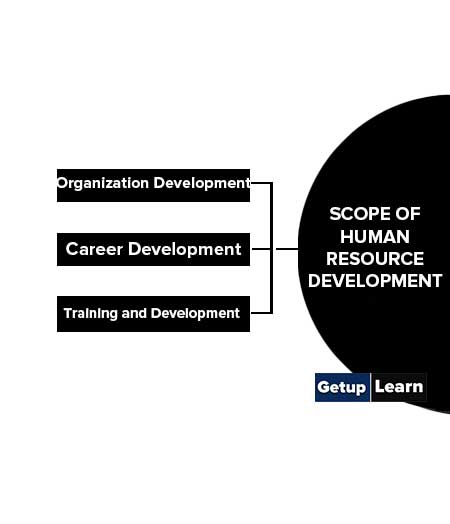
Organization Development
Organization development is the process of developing the current reality of the Organization the better to fit with changes in the external environment and the working environment, By solving current problems and reducing the gap between departments and employees with improve cooperation, coordination and collective action, And to increase the effectiveness of the Organization and the staff, and work into integrating the goals of employees and the Organization.
Why is organization development important?
It emphasizes both macro and micro organizational changes: macro changes are intended to ultimately improve the effectiveness of the organization as a whole, whereas micro changes are directed at individuals, small groups, and teams. For example, many organizations have sought to improve organizational effectiveness by introducing employee involvement programs that require fundamental changes in work expectations, reward systems, and reporting procedures.
Career Development
Career development is a process to improve both HR and enterprise performance. There are many strategies to do CD such as (promotion, transfer, and demotion. On the individual level where used career planning. It is an ongoing process in order to achieve satisfaction and motivate the employees through knowing their live job in sequential steps beginning first career ladder until retirement age by self-assessment (skills, knowledge, and ability) and there are methods to do that (workshops, teaching..).
On the other hand, at the organisational level, where used career management takes into account the current needs of employees and the future needs of the organization and takes the necessary steps to achieve that career plan through performance appraisals, management succession, job rotation, training and learning, and consultation.
Why is career development important?
Career development is enhancing both individual and organizational performance. It increases productivity that achieves organizational goals. So, the CD does to:
- Assist employees in identifying options and opportunities, and explain to them the expectations of performance required of them.
- Helps employees to develop their skills and abilities and to fill the gap between their abilities and job requirements.
- Identify qualified individuals to assume leadership positions, professionals, and management.
- Urges to spread the spirit of happiness and satisfaction among employees.
- There will be no problems in the organizational structure and functions or in the system promotion.
Training and Development
Training and development is a process that is aimed at the development and improvement of human resources through continuing education to support them with core qualifications to perform their functions effectively. Ongoing training and development aimed at strengthening human resources capabilities to complete current and future tasks.
Why are training and development important?
Training and development are so important because:
- Help in addressing employee weaknesses
- Improvement in worker performance
- Consistency in duty performance
- Ensuring worker satisfaction
- Increased productivity
- Improved quality of service and products
- Reduced cost.
- Reduction in supervision.
Thus, can say that the importance of training and development is highlighted by achieving job satisfaction and increasing staff motivation, and also works to offer help to employees through renewing and enrich with the knowledge and skills needed, achieving a low turnover, and increase the ability to adopt new technologies and methods by creating flexible for staff, and help resolve the troubles of staff and to improve themselves, and increase efficiency in operations.
Difference between HRD and HRM
Both are very important concepts of management specifically related to the human resources of the organisation. Human resource management and human resource development can be differentiated on the following grounds:
- Human resource management is mainly maintenance-oriented whereas human resource development is development-oriented.
- Organisation structure in the case of human resources management is independent whereas human resource development creates a structure, which is interdependent and interrelated.
- Human resource management mainly aims to improve the efficiency of the employees whereas aims at the development of the employees as well as the organisation as a whole.
- Responsibility for human resource development is given to the personnel/human resource management department and specifically to the personnel manager whereas the responsibility of HRD is given to all managers at various levels of the organisation.
- HRM motivates the employees by giving them monetary incentives or rewards whereas human resource development stresses motivating people by satisfying higher-order needs.
Challenges of HRD
For now, we facing 5 major challenges of HRD:
- Increasing Workforce Diversity
- Competing in a Global Economy
- Eliminating the Skills Gap
- Need for Lifelong Learning
- Facilitating Organizational Learning
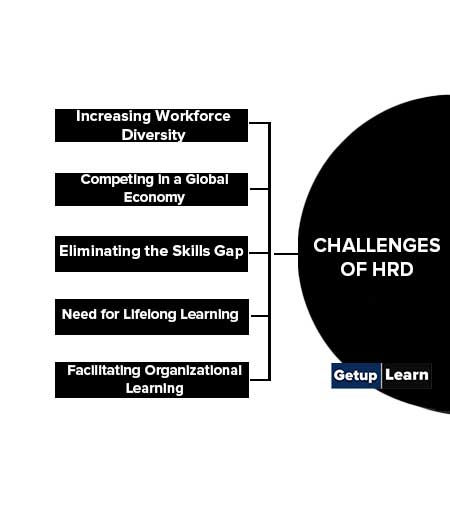
Increasing Workforce Diversity
The workforce has become increasingly diversified, and this trend will continue. This includes along racial, ethnic, and gender lines, as well as an increasing percentage of the workforce over 55 of age. Effectively managing diversity has been identified as one of five distinguishing features of organizations that make it into Fortune magazine’s list of “100 Best Companies.” Diversity issues have several implications for HRD professionals.
First, organizations need to address racial, ethnic, and other types of diversity that may persist, as well as cultural and language diversities.
Second, with the increasing numbers of women in the workforce, organizations should continue to provide developmental opportunities that will prepare women for advancement into the senior ranks and provide safeguards against sexual harassment. Third, the ageing of the workforce highlights the importance of creating HRD programs that recognize and address the learning-related needs of both younger and older workers.
Competing in a Global Economy
As companies compete in a global economy, many are introducing new technologies that require a more educated and trained workforce. Thus, successful organizations must hire employees with the knowledge to compete in an increasingly sophisticated market. Competing in the global economy requires more than educating and training workers to meet new challenges.
In addition to retraining the workforce, successful companies will institute quality improvement processes and introduce change efforts (for example, high involvement programs). The workforce must learn to be culturally sensitive to communicate and conduct business among different cultures and in other countries.
Developing managers to be global leaders has been identified as a major challenge for organizations in this decade. Additionally, employers are learning and implementing new ways of managing their employees.
Eliminating the Skills Gap
As discussed, for companies to compete in a global economy, they must hire educated workers. The skills gap poses serious consequences for companies. Obviously, the business community has a vested interest in educational reform.
There are some encouraging signs like the Los Angeles public school system offering a guarantee to employers, stating that if any high school graduate is found to be deficient in basic skills, such as computation and writing, the school system will retain the graduate at no cost to the employer. Other industrialized nations have made systematic changes to bridge the skills gap.
Need for Lifelong Learning
Given the rapid changes that organizations face, it is clear that employees must continue the learning process throughout their careers to meet these challenges. This need for lifelong learning will require organizations to make an ongoing investment in HRD.
Lifelong learning can mean different things to different employees. For example, for semiskilled workers, it may involve more rudimentary skills training to help them to build their competencies. To professional employees, this learning may mean taking advantage of continuing education opportunities.
This is particularly important for certified professionals who are required to complete a certain number of continuing education courses to maintain their certification. To managers, lifelong learning may include attending management seminars that address new management approaches.
Facilitating Organizational Learning
Organization development scholars such as Chris Argyris, Richard Beckhard, and Peter Senge, author of the book The Fifth Discipline, have recognized that if organizations are going to make fundamental changes, they must be able to learn, adapt, and change.
A survey of HRD executives stated that 94 percent of the respondents felt that it is important for an organization to become a learning organization. Although such principles emphasize the organizational level, they also have implications at the group and individual levels.
One challenge for HRD professionals is to facilitate the transition of traditional training programs to emphasise learning principles and tactics, on how learning relates to performance, and more importantly, the relationship between learning and fundamental change. To do this, HRD professionals must develop a solid understanding of learning theory and be able to devise learning tools that enhance individual development.
What is HRD?
Human Resource Development is a system of developing in a continuous and planned way the competencies of individual employees, dyadic groups (supervisor and subordinate), teams and the total organisation to achieve the organisation’s goals.
What is human resource development definition?
Human Resource Development is a series of organised activities conducted within a specialised time and designed to produce behavioural changes. By Leonard Nadler
What is nature and scope of HRD?
The following is the nature scope of human resource development:
1. Organization Development
2. Career Development
3. Training and Development etc.
What are the challenges of HRD?
The following are the challenges of HRD:
1. Increasing Workforce Diversity
2. Competing in a Global Economy
3. Eliminating the Skills Gap
4. Need for Lifelong Learning
5. Facilitating Organizational Learning etc.

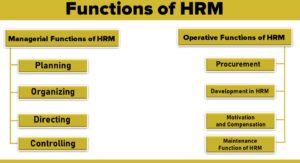
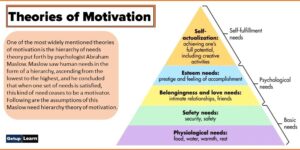


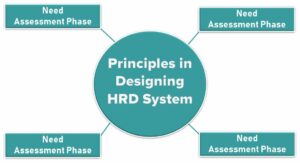
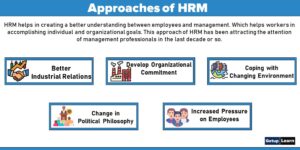



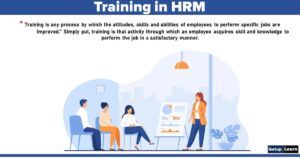
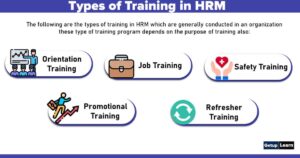

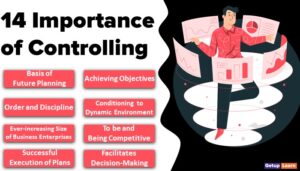
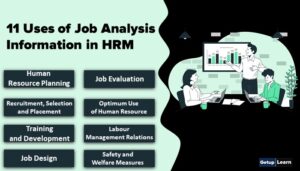


very usefull for me